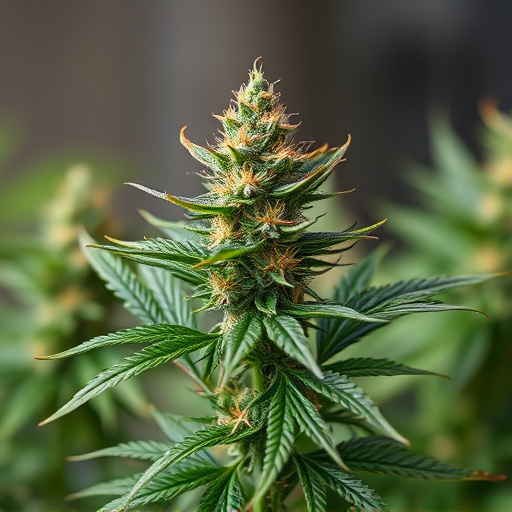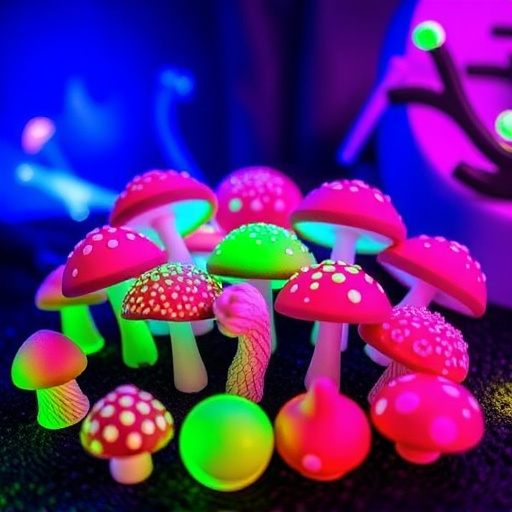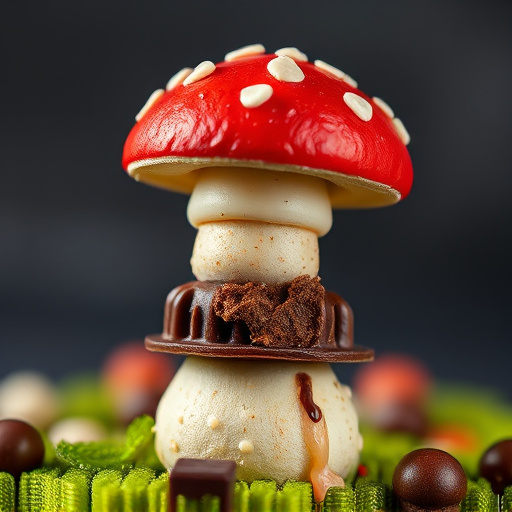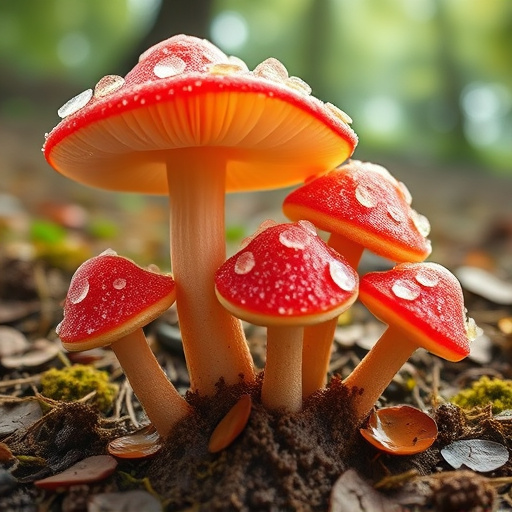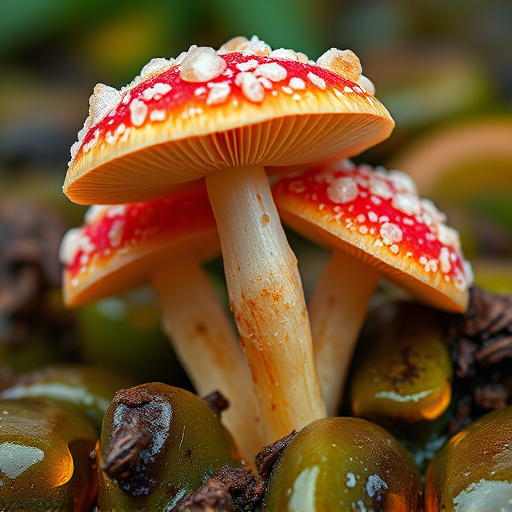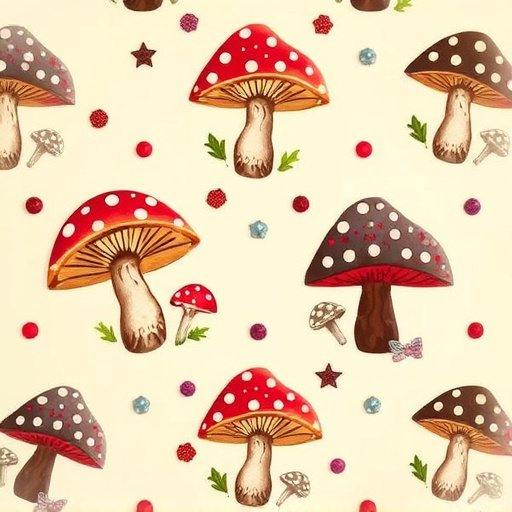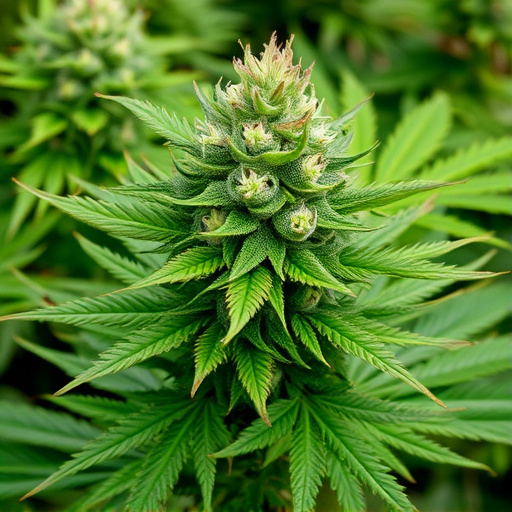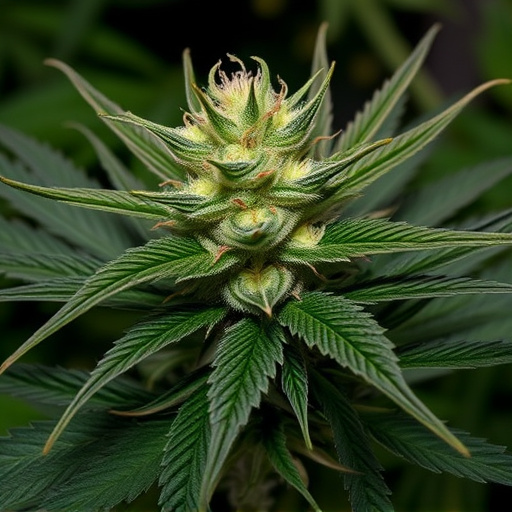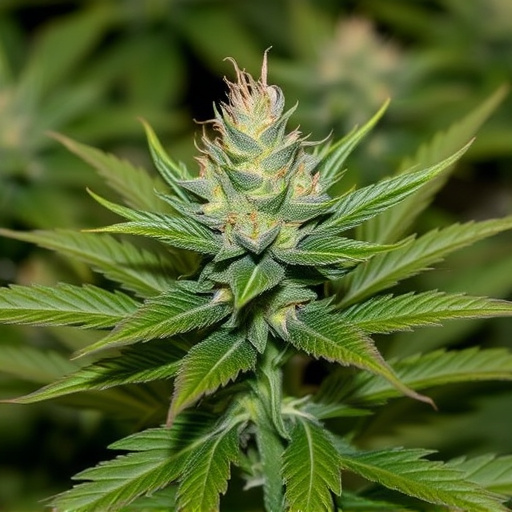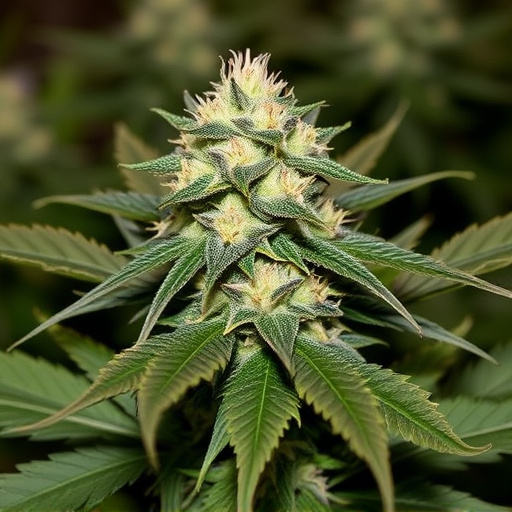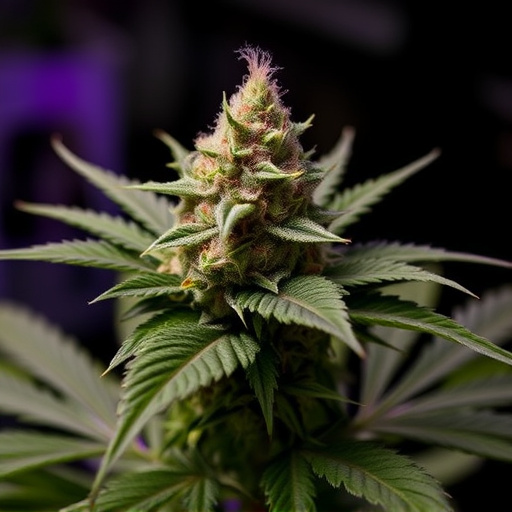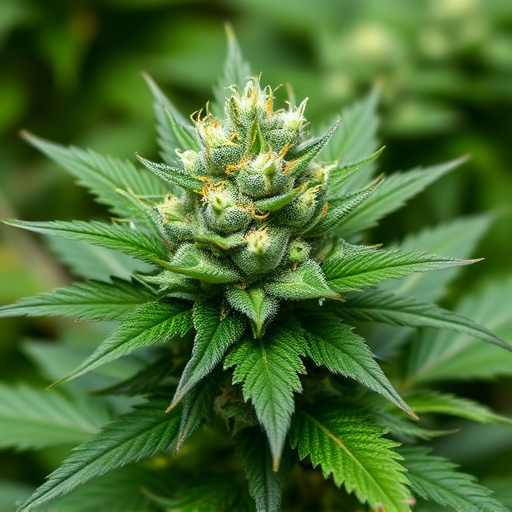Cannabis interacts with dopamine and serotonin, 'feel-good' chemicals vital for mood and reward regulation, through its high THC content. This interaction explains diverse user experiences from relaxation to heightened senses offered by different best pot strains. Sativa strains enhance dopamine, promoting energy and upliftment, while Indica varieties aid serotonin balance, inducing sleep and relaxation. Best pot strains with higher CBD content are thought to provide a more balanced experience, reducing potential negative THC effects.
“Unraveling the intricate relationship between cannabis, dopamine, and serotonin is key to understanding its complex effects on our brain’s reward and mood systems. This article explores how the active compounds in cannabis interact with neurotransmitters, offering insights into their potential therapeutic benefits and risks.
We begin by demystifying dopamine and serotonin, the vital messengers in our brains. Then, we delve into the impact of cannabis consumption, focusing on its effects on these neurotransmitter networks. Finally, discover the best pot strains known for promoting balance, providing a practical guide for those seeking natural support for their mood and reward-related experiences.”
- Understanding Dopamine and Serotonin: The Neurotransmitters of Reward and Mood Regulation
- The Impact of Cannabis on Dopamine and Serotonin Systems
- Best Pot Strains for Balancing Dopamine and Serotonin Levels: A Guide
Understanding Dopamine and Serotonin: The Neurotransmitters of Reward and Mood Regulation
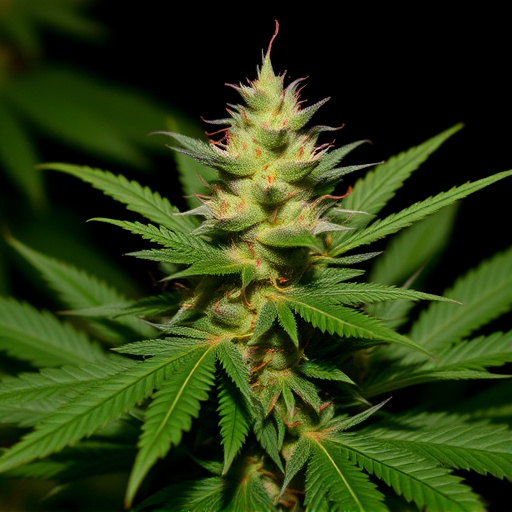
Dopamine and serotonin are two key neurotransmitters that play a significant role in regulating mood, motivation, and reward in the human brain. Often referred to as the ‘feel-good’ chemicals, these substances are involved in processing emotions, enhancing pleasure, and influencing behavior. Dopamine is associated with motivation, focus, and the experience of pleasure, while serotonin regulates mood, sleep, appetite, and cognitive functions.
When it comes to cannabis use, certain strains known for their high THC content have been shown to interact with these neurotransmitters. For instance, best pot strains that are rich in THC can bind to dopamine receptors, potentially leading to increased feelings of pleasure and reward. Serotonin receptors may also be affected, contributing to the mood-altering effects often associated with cannabis consumption. Understanding these interactions is crucial, as it sheds light on why different strains cater to various user experiences, from relaxation to heightened sensory perception.
The Impact of Cannabis on Dopamine and Serotonin Systems
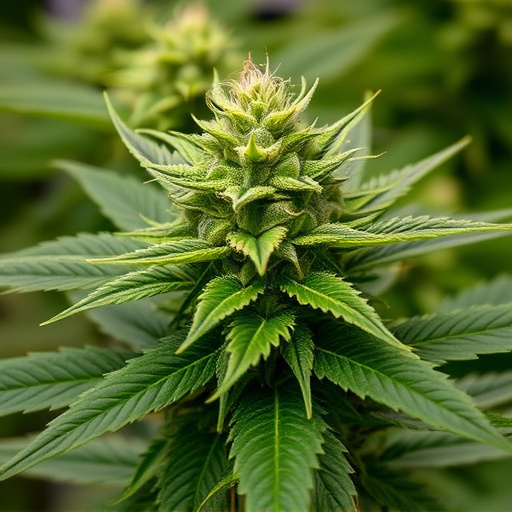
Cannabis has a profound effect on the brain’s dopamine and serotonin systems, which play pivotal roles in reward, pleasure, mood regulation, and cognitive functions. When an individual consumes cannabis, particularly the best pot strains known for their high THC (tetrahydrocannabinol) content, it binds to specific receptors in these systems. This binding can lead to a surge in dopamine release, creating feelings of euphoria and heightened pleasure. Moreover, serotonin levels may also be influenced, potentially affecting mood and appetite.
The interaction between cannabis and these neurotransmitters is complex. While short-term effects may include enhanced sensory perception and altered time perception, chronic use can result in tolerance and potential disruptions in normal brain function. Some best pot strains with higher CBD (cannabidiol) content are believed to offer a more balanced impact on dopamine and serotonin, potentially mitigating some of the negative effects associated with excessive THC consumption.
Best Pot Strains for Balancing Dopamine and Serotonin Levels: A Guide
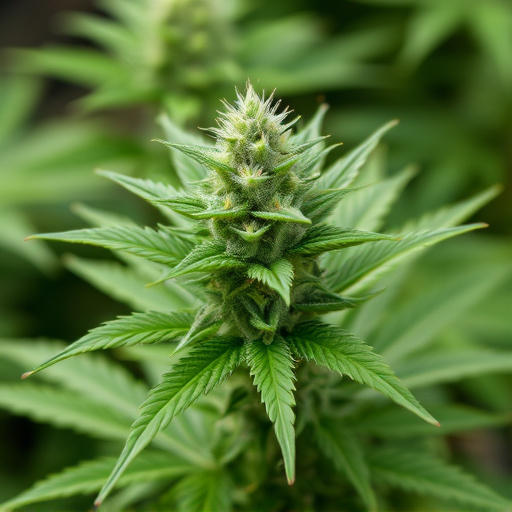
When it comes to balancing dopamine and serotonin levels, certain cannabis strains have gained popularity for their potential therapeutic effects. The right strain can help regulate mood, boost happiness, and alleviate stress.
For those looking to enhance dopamine levels, Sativa-dominant strains are often recommended. Strains like Blue Dream, Jack Herer, and Gorilla Glue are known for their uplifting and energizing effects, stimulating dopamine release in the brain’s reward system. On the other hand, Indica-leaning varieties can be beneficial for serotonin regulation. Strains such as Purple Haze, Granddaddy Purple, and Cherry Pie induce a calming and relaxing effect, potentially increasing serotonin availability, thus promoting better sleep and overall well-being.
Cannabis’s effects on dopamine and serotonin systems offer both potential therapeutic benefits and risks. While certain strains may help balance these neurotransmitters, it’s crucial to understand individual responses vary greatly. Further research is needed to unlock the full potential of cannabis in treating mood disorders without exacerbating its adverse effects. In the meantime, informed consumers can navigate the market for the best pot strains to meet their specific needs, always prioritizing consultation with healthcare professionals for personalized guidance.

